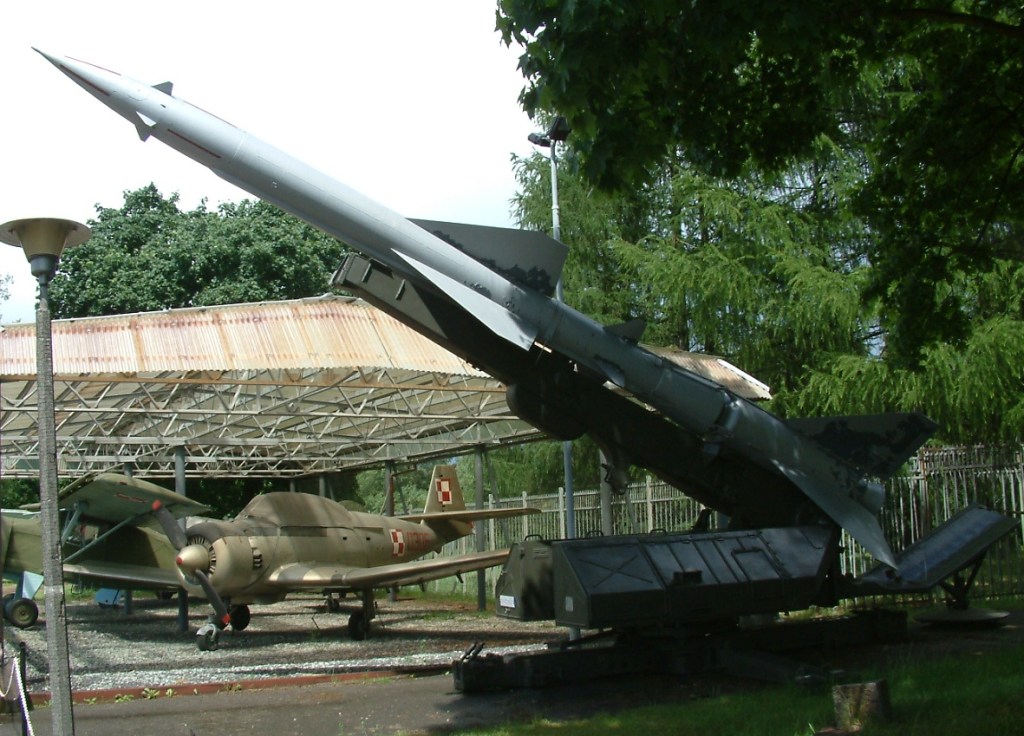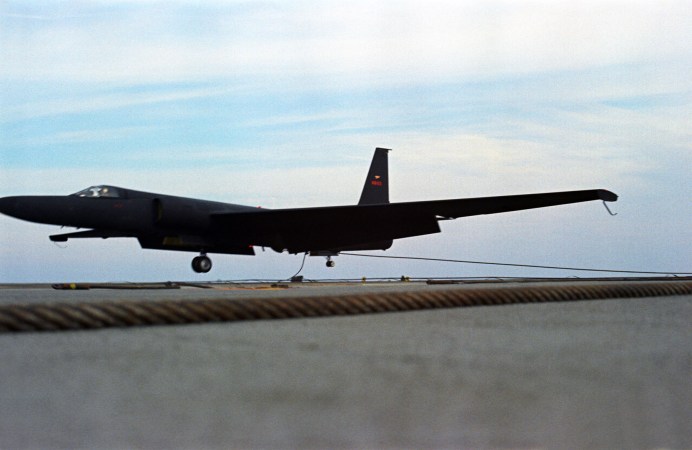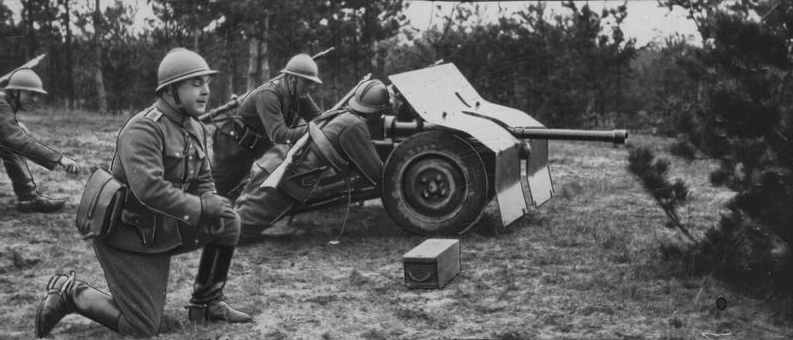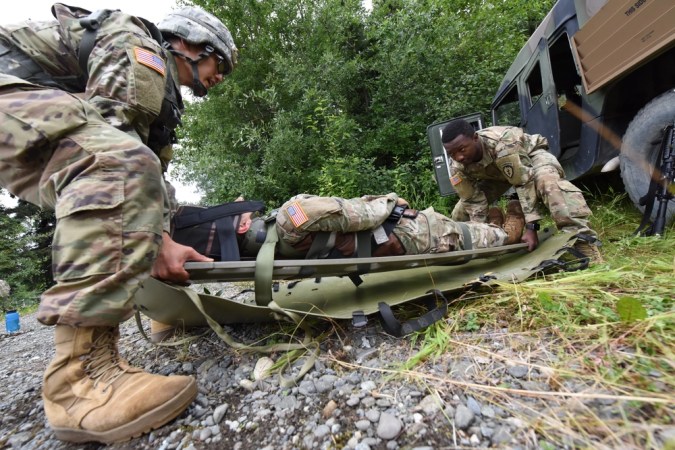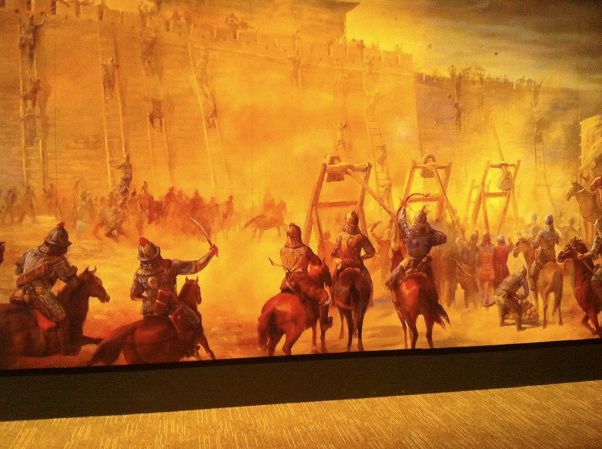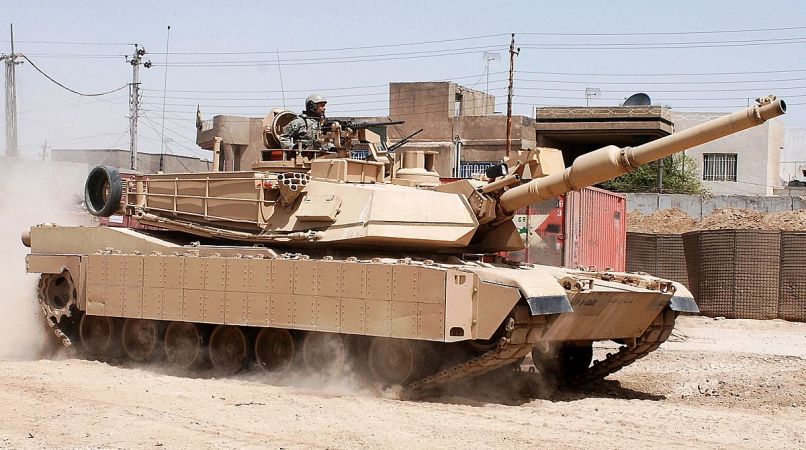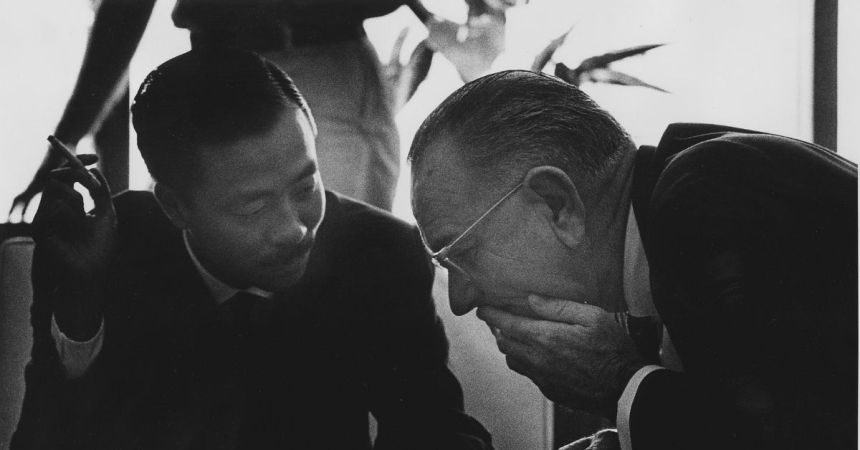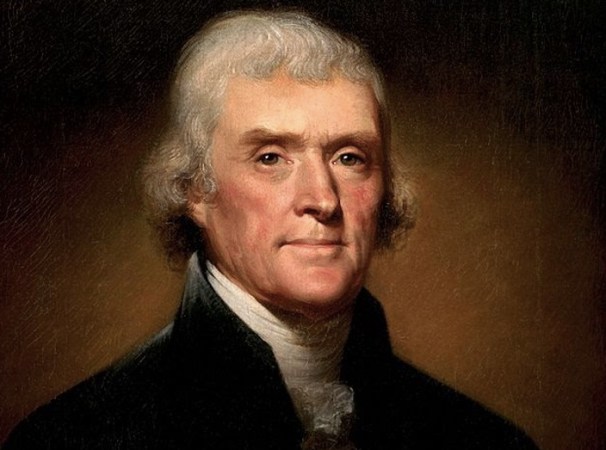Hold onto your hats — we’re about to dive deep into a micro-portion of U.S. history. The Cuban Missile Crisis is undoubtedly an important part of American warfare knowledge. But now, with hindsight in our favor, we can look back and consider the situation with ease. The fact of the matter is, that when it took place, it was a terrifying time for all involved. The public was scared, and government officials worked round-the-clock to ease tensions of nuclear war.
Take a look at these important events and how they helped channel current events of the time.
First things first, what was the Cuban Missle Crisis?

The Cuban Missile Crisis took place in October of 1962, when the Societ Union placed nuclear missiles in Cuba. The fear of weapons sitting just 90 miles from U.S. boarders led to nationwide panic, and the launch of a Naval blockade of Cuba. The general public feared of a nuclear war. The event took place over 13 days and was dissolved when sitting president, John F. Kennedy and Soviet leader, Nikita Khrushchev reached an agreement. The U.S. would not invade Cuba (secretly, JFK also agreed to remove missiles from Turkey), and the Soviet Union would remove missiles from Cuba.

- The addition of missiles to Cuba was widely fueled by the Bay of Pigs invasion of 1961. The event convinced Fidel Castro that a U.S. invasion was imminent, and it strengthened his position with the Soviet Union.
- The U.S. learned about the missiles from aerial photos taken by a Lockheed U-2. Fearing that such planes would be shot down, it took a high-altitude pass over the country but was still able to take images.
- We almost launched nuclear weapons. On October 27th, 12 Navy ships found a Soviet Submarine outside of Cuba and began dropping explosives that would force it to surface. Not having had communication in days, the Soviet submarine was unaware if the war had begun or not. Soviet protocol required agreement by three onboard officers in order to launch a nuclear weapon. The Submarine’s captain wanted to respond with a nuclear torpedo, however, another member, officer Vasili Arkhipov would not consent. The submarine surfaced and torpedo exchange was avoided. It’s widely agreed that having done so would have started a nuclear war.
- In the event of a nuclear war, it was estimated that there would have been 200 million deaths — 100 million each of Americans and Soviets. This number was found by the Belfer Center at Harvard.
- Before enacting a trade embargo with Cuba in 1962, JFK obtained more than 12,000 Cuban cigars.
- The end of the crisis also ended Khrushchev’s political reign. The Soviets disliked backing down from an event they say their leader initiated. Khrushchev held office for two more years, but the event is said to have weakened his power and trust from the people.
- Castro wasn’t consulted in the treaty. It’s worth noting that Khrushchev alone made the deal with JFK. This weakened the relationship between Cuba and the Soviets, with Casto angered he hadn’t been involved.
- Because of the crisis, the White House added a phone line that went directly to the Kremlin, a fortified city in Moscow and where the Soviet party kept its headquarters. Today, the access operates by lightning-fast email/chat and is called Washington–Moscow Direct Communications Link. In popular culture, it’s known as “the red telephone.”
- It was the only time the U.S. has been at DEFCON 2 — that’s Defense Readiness Condition. DEFCON 2 means the country is ready for nuclear war and can deploy and engage armed forces within six hours.

